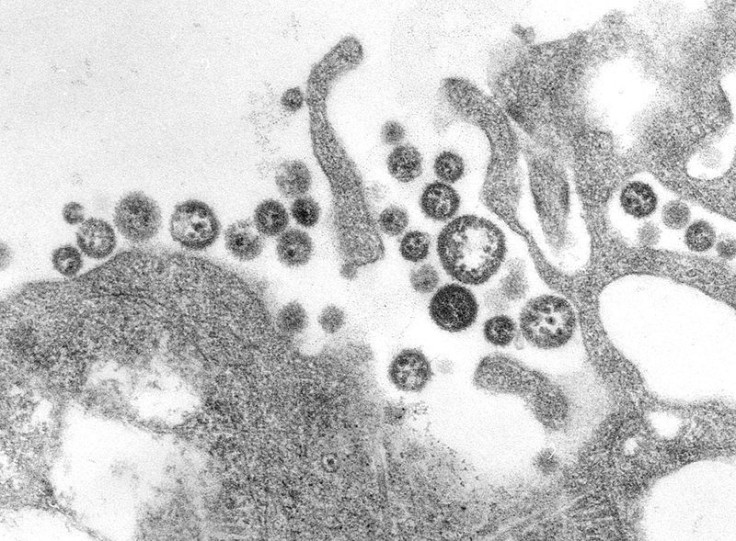What Is Lassa Fever? 5 Things To Know About Rare African Viral Disease Found In New Jersey

A rare virus endemic to West Africa has made its way to New Jersey, evoking memories of the Ebola outbreak that dominated news headlines in late 2014 and sparked panic in some parts of the country. Health officials on Monday diagnosed a man who recently returned to the U.S. from Liberia with Lassa fever, a viral disease that causes symptoms similar to Ebola but is far less deadly and harder to spread, according to health officials.
The man, whose name has not been released, visited a hospital on May 18 with a sore throat, fever and tiredness, a day after he landed at JFK airport from Liberia, according to USA Today. Health care workers asked him about his travel history – a common practice in health care facilities in the wake of Ebola – but he reportedly made no mention of his travel in West Africa. He was sent home that day, but returned to the hospital on May 21 after his symptoms worsened.
The story sounds all too familiar in light of last year’s Ebola outbreak that infected nearly 30,000 people and killed over 11,100 patients. But health officials have said there’s almost zero risk of the Lassa virus spreading in the U.S. Lassa virus isn’t nearly as contagious as Ebola and is not easily spread from person to person. The fatality rate for Lassa is about one percent, compared to up to 70 percent for Ebola, according to the World Health Organization.
Despite those reassurances, health officials in New Jersey are working to contact people who may have been exposed to the patient while he was sick. They will be monitored for symptoms of Lassa for 21 days, according to the U.S. Centers for Disease Control and Prevention. Here are five things to know about Lassa fever:
1. Lassa fever is a viral hemorrhagic fever like Ebola. Hemorrhagic fevers are caused by four families of viruses and have common features, including hemorrhaging, or internal bleeding.
2. About 5,000 people die of Lassa fever in West Africa every year. Between 100,000 and 300,000 people are infected with the virus, according to the CDC.
3. Lassa is most commonly spread through rat droppings or urine. Person-to-person transmission is common in hospital health care settings. The virus is most often reported in parts of Guinea, Liberia, Nigeria and Sierra Leone, however the rodent species known to carry the virus is found all over West Africa.
4. Eighty percent of Lassa patients do not have symptoms. Those who do often develop a fever, weakness, sore throat, vomiting and diarrhea.
5. The New Jersey case is the sixth known case in the U.S. since the virus was discovered in 1969. The last case was found in Minnesota in 2014, USA Today reported.
© Copyright IBTimes 2024. All rights reserved.






















